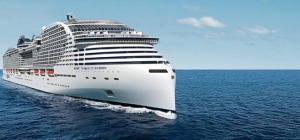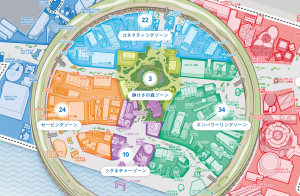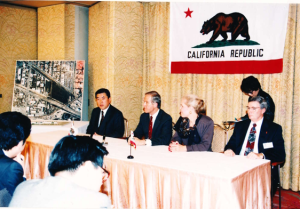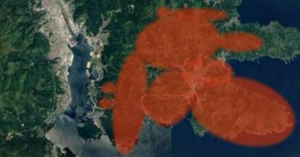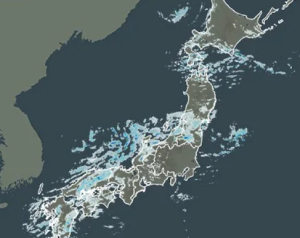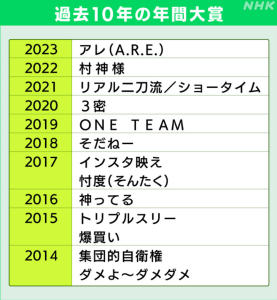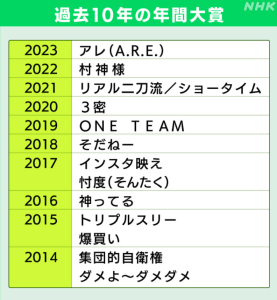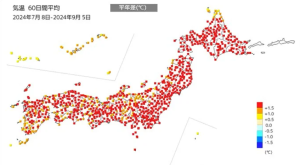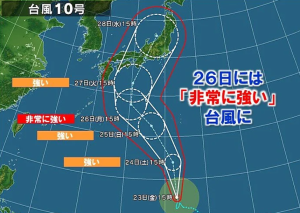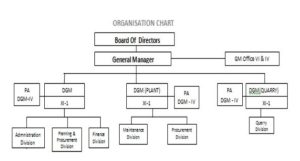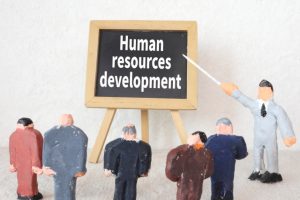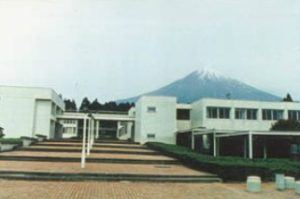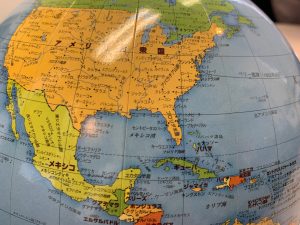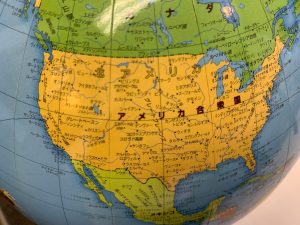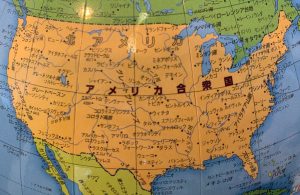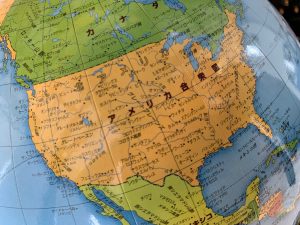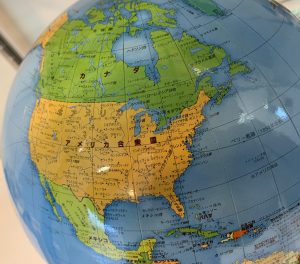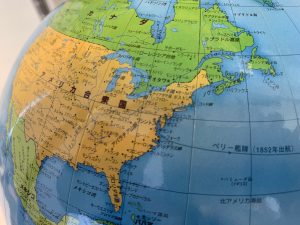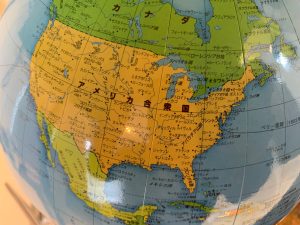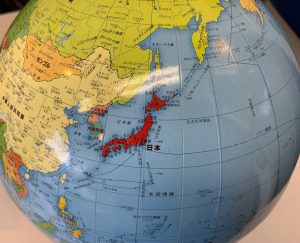Re: Comparing 2007 to today (84) March 17, 2023
Japan is bubbling up for the first time in a long time due to WBC, World Baseball Classic, being held now. “Samurai Japan” has been on track to win and got to the semifinals held in Florida. I want them to do their best to win the championship. I visited Tamba Sasayama located in the middle east part of Hyogo Prefecture with my friend last weekend. Our purposes are “botan nabe”, hot pot cooking with wild boar meat, Sasayama castle ruins, and sake brewery tour. Tamba Sasayama is close distance of less than one hour by express from Osaka station. It was a very pleasant weekend, because I ate a lot and drank local sake.
■■I have not had time to think about recent developments in the world, because I went to Tokyo on a business trip for the first time in a long time. Therefore, I shaped like a connection this time, and picked up my poor writing with a character limit of 600 characters contributed in a column called “Hyakumoku Ichigen” of monthly magazine “Taru” from January to December 2007, 16 years ago from now. This monthly magazine is a specialized magazine introducing “sake and gourmet”, and the number of copies printed of this magazine was 70~80 thousand at that time. Incidentally, it is said that “Hyakumoku Ichigen” means “one weighty word by a person of few words”. I am not a person of few words and don’t say any weighty word, but there are some things that have changed a lot and aspects that remain outdated and does not progress in our society in 16 years since I contributed as a chairman of Konoike Transport Co., Ltd., and I think that it would be interesting to compare.
■My contribution in August 2007: “About trucking”
The number of owned vehicles in Japan including passenger cars, two-wheelers and so on in 2004 is about 78.3 million. Trucks are about 8.9 million among them and carrying just over 90% of domestic freight transportation volume on a weight basis. And 56% of overall truck transportation volume is for business use with green number which accounts for one in six total, and transportation efficiency is 28 times compared to for private use with white number. The number of commercial truck operators is increasing every year due to deregulation, and about 61 thousand in 2004. 99% of them is small and medium-sized micro enterprises, and excessive competition constitution is strong. Therefore, they can’t pass on price even though there are many causes of rising cost such as cost of safety and environment measures, rising raw fuel cost and so on. As a result, it has caused various social problems such as uninsured social insurance, overloading, working long hours, wages below market and so on, and it is also the cause of the accident.
By the way, I think that you have a bad image in your head from the word “truck”. For instance, “causing a serious accident”, “running out of control with black smoke”, stirring up from the back side” and so on. It is our responsibility of people in the industry to plant such image to everyone. But, have you ever wondered what would happen if a truck disappeared even if it is a just one day in your daily life? Most of about 800 thousand professional drivers are seriously being engaged in driving in order to protect “family lives” and “safety” day and night. I would like you to pay attention not only to the “shadow” part but also to the “light” part how trucks support our daily lives.
(Note) The actual situation of truck industry has not changed much in the last 16 years, and it is unavoidable to say that it lacks the spirit of reform.
■My contribution in September 2007: “About a tourism-oriented country”
The word “tourism” has been on the spot light in every direction recently. The universities where “sightseeing” or “tourism” is attached to the name of faculty or department are also increasing rapidly. Since who is responsible for Japanese tourism administration is the Ministry of Land, Infrastructure, Transport and Tourism, the former Ministry of Transport, I, putting myself in the transportation industry, am also directly or indirectly involved. A distinctive feature of tourism is “a peace industry that can only exist in regions of peace” after all, and it is an industry with “bonds of exchange between people and countries”, “deep economic effects and a wild range”, “community-based and becoming a trigger for town or village revitalization”.
Japanese government is also focusing on such importance of tourism, and driving a campaign of “Visit Japan”, and new construction of “the Tourism Agency” is in view in the near future, and it is working on positively. And “the basic plan for promoting a tourism-oriented country” drawn up recently is aiming to bring Japanese overseas tourists to 20 million by 2010, which are 17.53 million in 2006, and foreign visitors to Japan to over 10 million, which are 7.33 million in 2006, and specified equal number of arrivals and departures in the future.
By the way, at the “travel and tourism competitiveness report” firstly issued by “the World Economic Forum” hosting a Davos conference, Japan was in a bad way, ranked the 25th out of 124 countries and areas surveyed while advanced nations of Europe and America occupy the top. “The basic conditions” like sanitation, level of education and so on are rated high, but improvement of an airport, price competitiveness, necessity of entry visa, and government tourism policy priorities are rated low. In order to aim to be a true tourism-oriented country, strengthening “international competitiveness” of tourism where the public and private sectors have come together is a key point.
(Note) The number of inbound, foreign visitors to Japan, in 2019 before the corona disaster was 31.88 million increased by about 4.3 times compared to 2006. After that, it was 8.19 million in three years from 2020 to 2022, and it was a big drop to 0.25 million in 2021, due to the influence of the corona disaster. However, there has been a surge recently due to relaxation of immigration regulations. On the other hand, the number of outbound, Japanese overseas travelers in 2019 was 20.08 million increased by only about 15% compared to 2006, and it seems that the trend of gradual growth will not change in the future.



